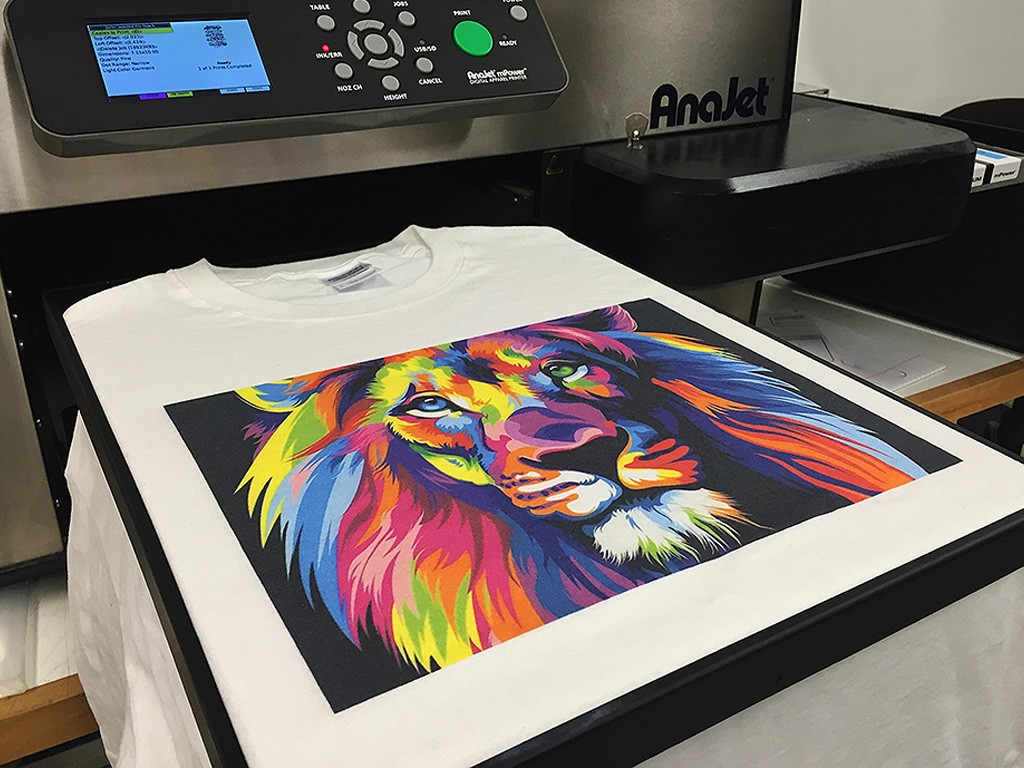As an aspiring Direct-to-Garment (DTG) printer, do you want to learn the best practises for producing the best quality prints? One of the most common problems with DTG printers is the inability to produce prints on clothes that are bright and vibrant. Here are seven expert tips for getting the most out of your DTG printer, regardless of the model.
The first step is to choose which kind of apparel will be printed
It’s still best to print on t-shirts that are made entirely of cotton. In comparison to mixed and synthetic fabrics, natural fibers are more able to absorb DTG ink. Contrary to popular belief, cotton t-shirts aren’t all created equal. They tend to shrink with time. Consider the texture and weave of the fabric before making your purchase.
Ring-spun cotton shirts have a finer weave and a softer, smoother feel. Ring spun shirts are the best choice because of this. Keep in mind that the amount you pay impacts the quality of the t-shirt that you get. ‘Colors and thicker yarn used in low-cost or low-quality shirts might migrate or bleed into the printed area after curing, which is a problem when the shirt is worn. Typically, this is the most common cause of subdued and muted prints. When it is about the dtg printer then do be specific.
First, you must do a test wash before commencing any printing process. This is especially true if you’ve recently changed shirt brands or otherwise altered your wardrobe. Some shirts lose their luster after just a few washes, despite the fact that the design looked great when it was first produced. After producing a test print on a piece of clothing, wash it a few times to see whether it keeps the impression. After printing, if the shirt seems dull or faded, or if it starts to fade after just a few washes, it is likely that the problem is with the pretreatment technique.
The printer’s functioning should be familiarized with
You should read the DTG printer’s user manual and do regular maintenance checks to get acquainted with its functions. For example, Epson Sure Color F-2100 and Epson F-3070 Industrial both have built-in maintenance cycles that may be conducted automatically while the machines are not in use. A head nozzle inspection and manual agitation of your white ink cartridge are still required. You are expected to complete these two activities.
Inkjet thermal printer Epson F2100 (DTG)
Once a day, gently shake the white ink cartridges to make sure they are full with ink for around thirty seconds.
Direct-to-garment business owners may make better-looking prints by controlling the temperature and humidity throughout the printing process. A steady “room temperature” on your printer will help you get better-looking finished shirts and save you money on printing ink and maintenance costs. If you have a direct-to-garment (DTG) printer, raising the humidity in your workspace may increase ink flow and lessen the risk of blocked print head nozzles. Maintaining the proper amounts of environmental conditions and humidity for a DTG printer will help you achieve better DTG printers.

